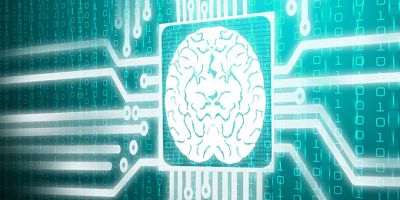
 Computers…WITH BRAINS!
Computers…WITH BRAINS!
Other | Tuesday 16th December 2014 | Edmund
We could be looking at a whole new chapter in computing technology with the development of circuits designed to imitate the pathways connecting neurons in the brain.
The circuits are said to have the capacity to learn, unlearn and store memories, all in an effort to better understand the brain. This advance has long been fraught with difficulty because of the sheer power needed to simulate brain activity on a computer, typically needing a room full of generators simply to produce a fraction of a concept of a thought, and the distinct lack of effective hardware components to do so physically.
The key issue has been in the fact that synapses do not work like conventional transistors, possessing a far more unpredictable and varied range of functions than the standard “on/off” options. Researcher Shriram Ramanathan and his team have invented a transistor that can effectively imitate “synaptic plasticity”, the capability of synapses to strengthen or weaken depending on input.

Utilising films made of Samarium nickel oxide, which are far more conductive than conventional semiconductors and tested in similar manners to Pavlov’s dogs through the use of electrical stimuli, it has been suggested that these circuits could mean far more advanced computers and consume far less power.
Whilst this is a prototype and kinks are still being worked out, it does present us with an amazing possibility for technology as we know it.
Though admittedly the thought of a computer that can think for itself is a little worrying...

A fully detailed explanation of the ir findings can be read here
